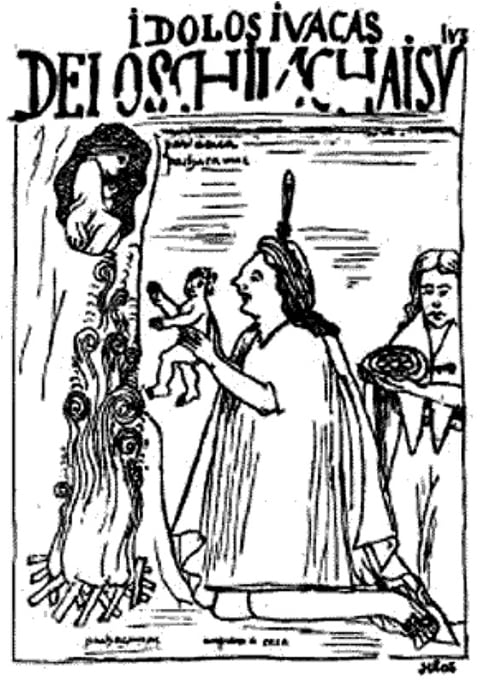FROM MARS TO ANTARTICA AND TO MACHU PICHU+EL CONDOR PASSA+THE TETRAHEDRON ELECTRO-MAGNETIC SOUND TUNNEL VIA THE FLUTE.
EARTHIIIhttps : //youtu . be/l-MsAA4uZf4FIRST AND FOREMOST, TAME YOURSELFhttps: //youtu . be/l-MsAA4uZf4
THE ONLY KNOWN POWERFUL COSMIC TUNE OUTSIDE ASIA LEFT BEHIND BY ANCIENT ALIENS AS MEANS OF CONNECTION VIA THE ELECTRO-MAGNETIC TETRAHEDRON SOUND TUNNEL. THE SOUND OF THE UNIVERSE HERE IS THE FLUTE. SEE WHAT HAPPENS WHEN YOU MEDITATE WITH CLOSED EYES AS THE BODY SWITCHES INTO “COMA” MODE AND NAVIGATION ENABLED FOR THE COSMOS ON THE WINGS OF THE POWERFUL CONDOR INSTEAD OF A DRAGON OR A GARUDA.
- SOME 10,000-YEARS AGO, SURVIVORS OF THE GREAT DELUGE FROM THE CIVILIZATION OF ANTARTICA, TAKE TO LIFEBOATS AND MAKE IT TO THE TOP OF MACHU PICHU.
- AT THE SAME TIME, SURVIVORS IN CENTRAL AND SOUTHERN AFRICA MAKE IT TO THE TOP OF THE KILMANJARO.
- FROM NORTHERN AFRICA AND THE MIDDLE EAST, SURVIVORS MAKE IT TO THE TOP OF MOUNT ARARAT ON BOARD A SUPER VESSEL CALLED NOAH'S ARK.
- ASIAN SURVIVORS FROM CHINA, TIBET AND INDIA TRUDGE AND SAIL UP THE HIMALAYAS WITH THE HELP OF MANU ALSO ON A SUPER SHIP TUGGED BY A GIANT FISH.
17 NOVEMBER, 2015 - 00:50 MARILO
Genetic Analysis of a Frozen Andean Mummy Reveals a Previously Unknown Lineage
In 1985, a frozen and half buried mummy of a young boy was recovered from the mountain of Aconcagua in Argentina. Now, a team of scientists have managed
When the mummy was first discovered by a group of mountaineers in 1985 it was found half buried at the base of the Pirámide mountain near Aconcagua, in Argentina's province of Mendoza. The mummy was identified as a boy who would have been around 7 years old at the time of his death. The cause of death may have been due to the controversial Capacocha sacrifice, argued by some to have been routinely performed by Incas five centuries ago at times of hardship. [ Note from Editor: There is strong evidence to suggest it was not in fact the Inca but a number of tribes conquered by the Inca that carried out sacrifice.]
The Ritual of Capacocha
Although it continues to be debated, the ritual of Capacocha has been argued to have taken place when the Incas were going through difficult circumstances, such as the death of the Emperor, a period of bad harvests, or as a response to a natural disaster. The chosen children were thought to have been aged between 6-15 years old, of great beauty, and normally they were said to have been the children of chiefs. These children were sent to Cuzco where they may have taken part in a celebration involving animal sacrifice and symbolical marriages which were meant to strengthen the bonds between different populations in the Inca Empire.
- New Inca Ceremonial Complex Discovered in Peru May Contain Evidence of Human Sacrifice
- The Dramatic Life and Death of Atahualpa, the Last Emperor of the Inca Empire
- The Search for the Tomb and Treasure of the Last Inca Emperor
Upon completion of the celebrations, all the people returned to their hometowns before the children were called away again to go to their final destinations. The children to be sacrificed were said to have been taken to a previously chosen sacred mountain where they would make the ultimate sacrifice. Some scholars argue that this fate was given to the child upon their birth and accepted by him/her as a duty.
These children were considered to have been the purest of beings, and were sent to contact the gods with a message from their people. It has been argued that the children prepared for their destiny months in advance by eating a diet of corn and animal protein. It is also said that they were provided with fine clothes and rich jewelry when they were sent to fulfill their duties.

Illustration by Felipe Guaman Poma de Ayala (1615). This image may depict the ritual of Capacocha. National Library of Denmark. ( )
It would have been a long and complicated journey so the children, especially younger ones, were supposedly encouraged to consume coca leaves, which would have helped them breathe during the hard climb to the top of the mountain. At the top, the children were said to have been inebriated and then killed by strangulation or, more commonly, a blow to the head. Then the body was placed within a pit in the ground. The child’s corpse would have been accompanied by rich grave goods consisting of personal ornaments, textiles, food, and many everyday objects.
According to the Incan beliefs, the children did not die, but instead met with their ancestors after their earthly demise. This sacrifice was thought to have strengthened
Genetic Analysis of the Andean Mummy
Now, as reported in the journal Scientific Reports of the Nature group , haplogroup
In collaboration with researchers from the National University of Cordoba ,
17 NOVEMBER, 2015 - 00:50 MARILO Genetic Analysis of a Frozen Andean Mummy Reveals a Previously Unknown Lineage (Read the article on one page) In 1985, a frozen and half buried mummy of a young boy was recovered from the mountain of Aconcagua in Argentina. Now, a team of scientists




Nenhum comentário:
Postar um comentário